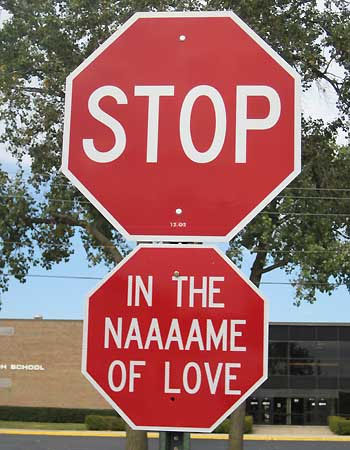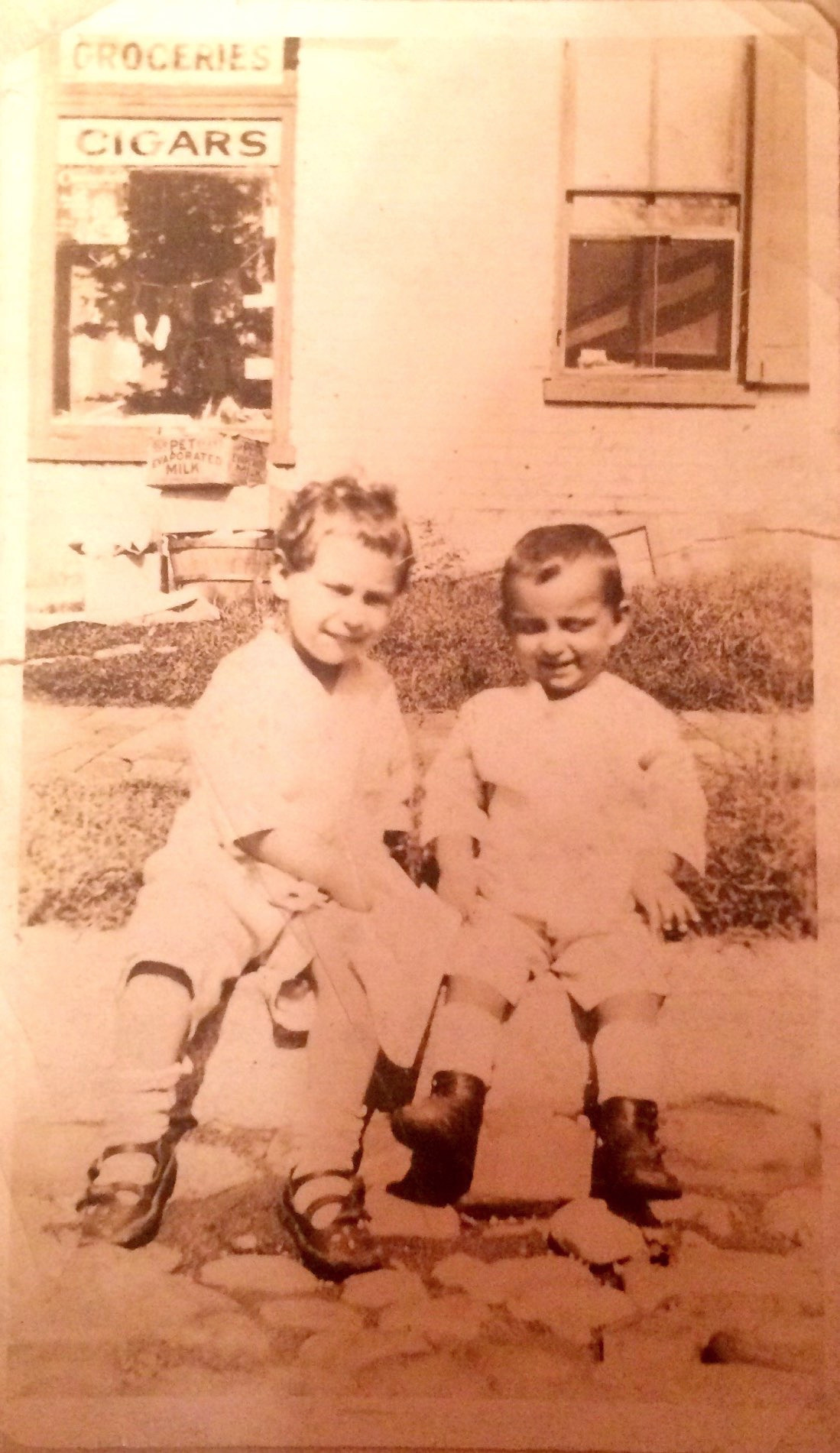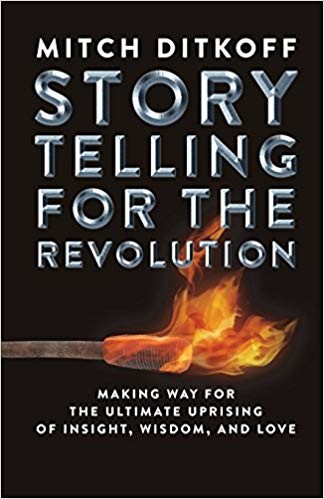The Origins of the Stop Sign

I've been doing some fascinating research lately on the origins of common objects in our lives -- things we see daily, but often take for granted. Like the Stop Sign, for example.
Most people think the Stop Sign was created to regulate traffic. Not true. According to Dr. Ellison Burke of the Global Institute for Slowing Things Down Before You Hurt Yourself, the origin of the Stop Sign has nothing to do with traffic -- and dates back several thousand years.
Historical references to the Stop Sign have been noted in more than 27 civilizations, most notably Babylonia, Egypt, Mesopotamia, Sumeria, Crete, Rome, and the Han Dynasty.

According to social scientists, each of these civilizations experienced one or more periods of rapid growth now referred to in the literature as "Societal Acceleration Syndrome" -- the way in which daily transactions speed up in proportion to a civilization's escalating Gross National Product.
In other words, speed has become one of the most statistically predicable indicators of a civilization's development and, as I will note later in this article, eventual decline.
My research doesn't end here, however. In each of the above-mentioned civilizations, there have always been a small, but vocal group of citizens who -- concerned about the quickening pace of daily life -- have warned the masses about this dangerous phenomenon.
Indeed, a joint longitudinal study conducted by the Yukon Archeological Institute and the Asian Society for Shorter Haiku, has revealed that this "small, but highly committed group of socially responsible citizens" has made repeated efforts to diffuse their respective society's "escalating addiction to velocity."
In Sumeria, for example, a fringe group of philosophers and poets routinely posted "Styopsian" signs at strategic intersections throughout the country -- not to stop traffic, but to stop unnecessary "mind movement."
Their effort resonated with the citizenry and eventually led to the widespread appearance of what modern day sociologists now refer to as "stop signs" -- in urban centers, villages, cattle crossings, and universities.
One of the most curious facts I've unearthed in my research is this: For the past 2,000 years, Stop Signs, regardless of the country of origin, have always been octagonal.
Apparently, each side of this iconic 8-sided, cross-cultural symbol for stillness, has been imbued with a secret teaching of great import:

1. Slow down
2. Pay attention
3. Look around
4. Pause
5. Look within
6. Breathe deeply
7. Appreciate
8. Move consciously
And so... the next time you see a Stop Sign, you may want to remember that you, no matter where you think you're going or how quickly you need to get there are, in fact, in the act of receiving one of the most timeless of teachings -- one that preceded Facebook, Instagram, Snapchat, texting, and Donald Trump tweeting in the middle of the night.
Next week... the YIELD SIGN.
ED NOTE: It has recently come to my attention that some readers of this blog have questioned my research methods and the veracity of my findings. A quick Google search of "Dr. Ellison Burke" and the "Global Institute for Cross-Cultural Studies," they claim, reveals not a single link. Frankly, I am baffled by their assertions and have assigned five of my brightest research assistants to get to the bottom of the matter. In the meantime, as I put to rest the niggling, naysaying deflections of my detractors, you may want to contemplate the timeless words of modern-day social scientists, Simon and Garfunkel: "Slow down, you're moving too fast, you gotta make the morning last."
This story NOT included in this book
This story NOT included in this website
This story NOT included in this training
Stop Signs 'R Us
Posted by Mitch Ditkoff at 09:50 PM | Comments (0)
April 03, 2016The Gift of a Brand New Shirt

ED NOTE: This lovely story, about the generosity of a grandfather's love, was written by singer/songwriter/troubadour Marc Black.
As a boy, my father did not consider himself poor, but his family had very little. He grew up in Brooklyn with two brothers, a mother who was an English teacher and a father who was often 'away on business trips'. He was particularly fond of his grandfather, Wykoff, whom they all called Wykey. He was kind of a mythic character who had a great sense of humor and was known to be strong enough to carry a piano on his back.
One day when I was quizzing my Dad about his life in Brooklyn, he fondly remembered that he used to go to visit Wykey with his younger brother. They would carry a baseball bat and run across the 'dangerous' Italian neighborhood for the visit. Beside just enjoying seeing his grandparents, he and his brother were often treated to penny candy at the corner store.
One summer day when he was about four or five years old, they visited only to find out that it was Wykey's birthday! My Dad was mortified that he didn't have a present. But then he had an idea.
He went upstairs to his grandpa's bedroom, opened the drawer where Wykey kept his laundered white shirts -- the kind that had been returned from the laundry, stiff with cardboard and looking like new. My Dad and his brother then excused themselves, saying they had to get home, but not before my Dad took one Wykey's shirts and tucked it under his own.
Then they ran all the way home, found some wrapping paper (he wasn't too clear about where or how they found this), wrapped the shirt as a present, ran back to his grandparents' house, and proudly presented their gift of a 'brand new shirt' to their grandfather. Wykey played along 100% and graciously accepted the gift. He even bragged about how his wonderful grandsons knew his exact right shirt size.
This secret was never spoken of or revealed, but the generosity of love between a grandfather and his grandchildren was on full display.
More about Marc
Posted by Mitch Ditkoff at 01:12 AM | Comments (0)













